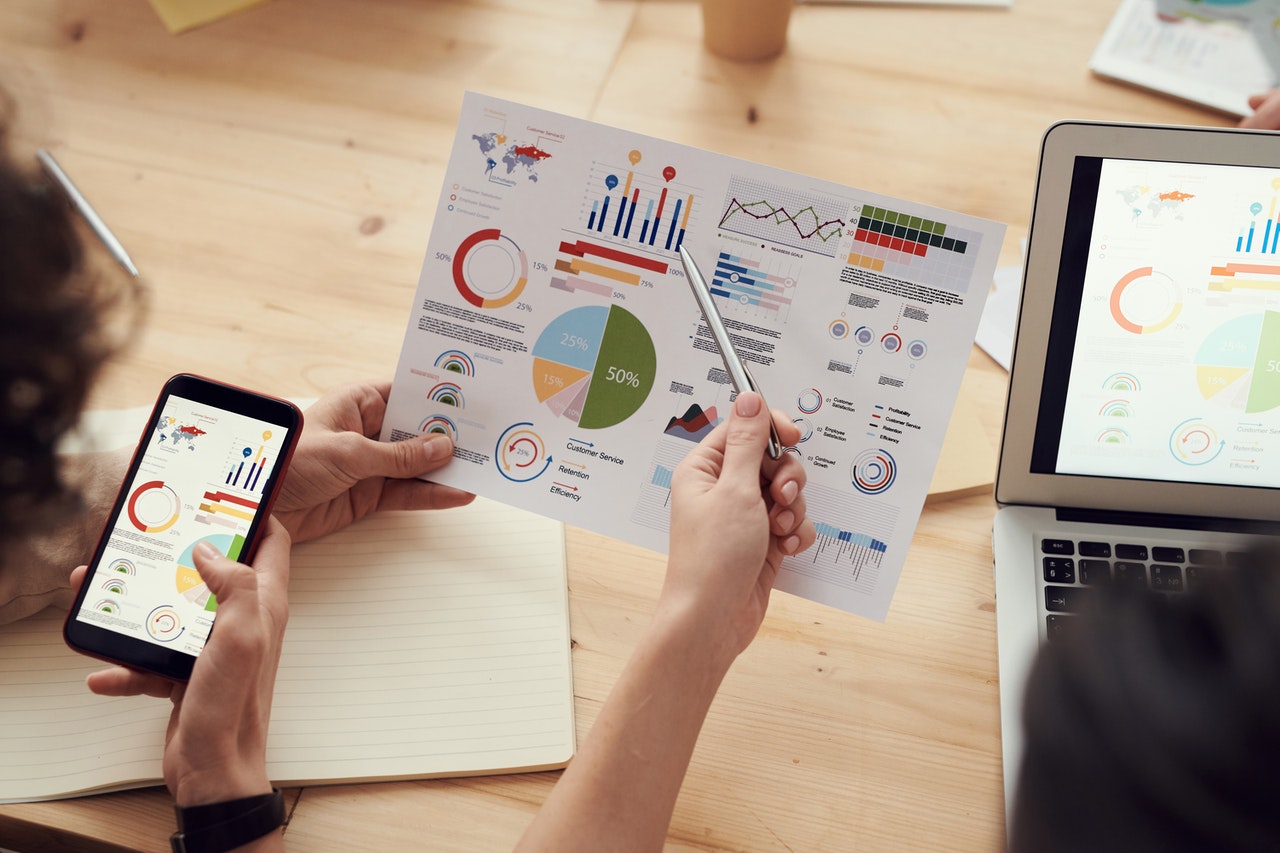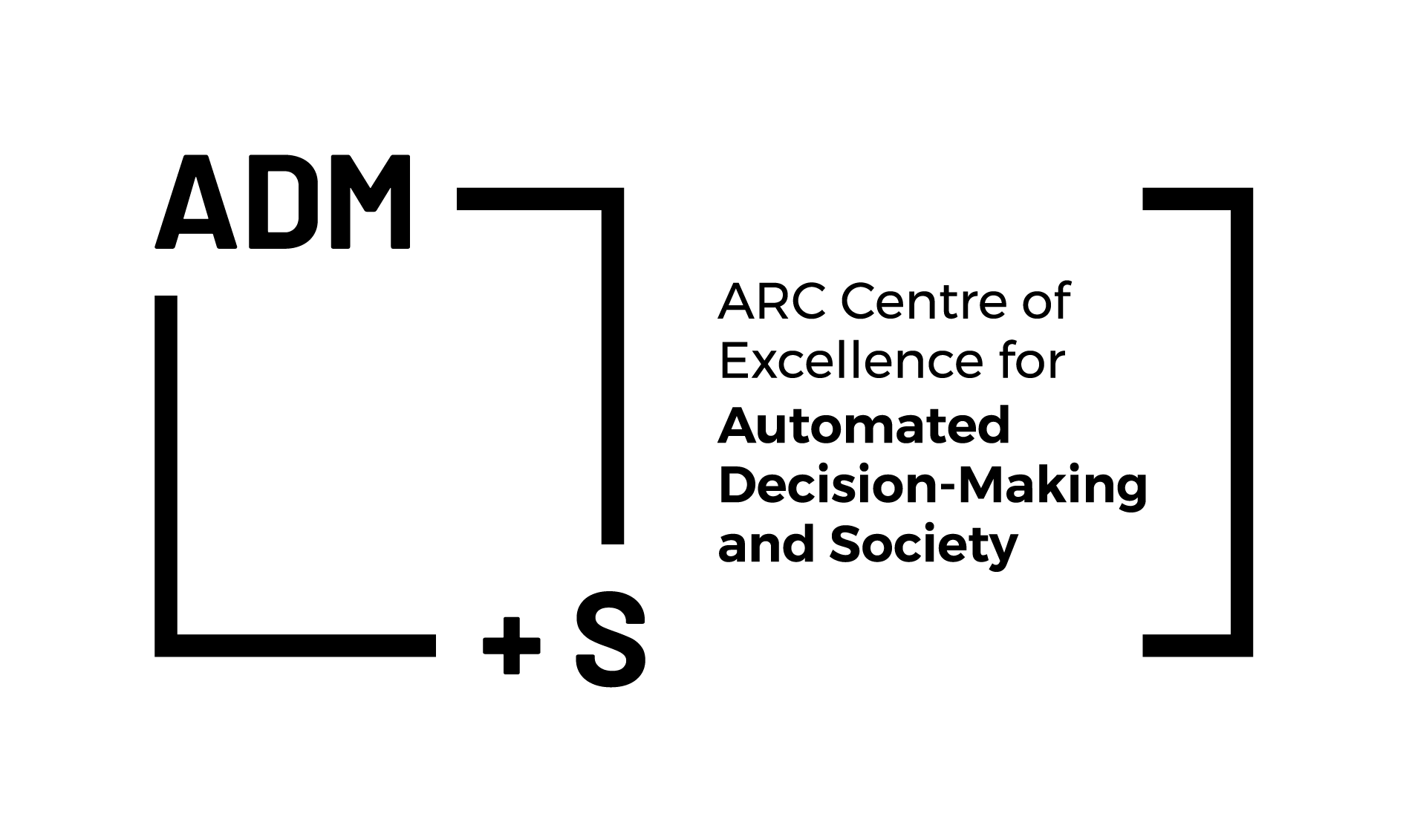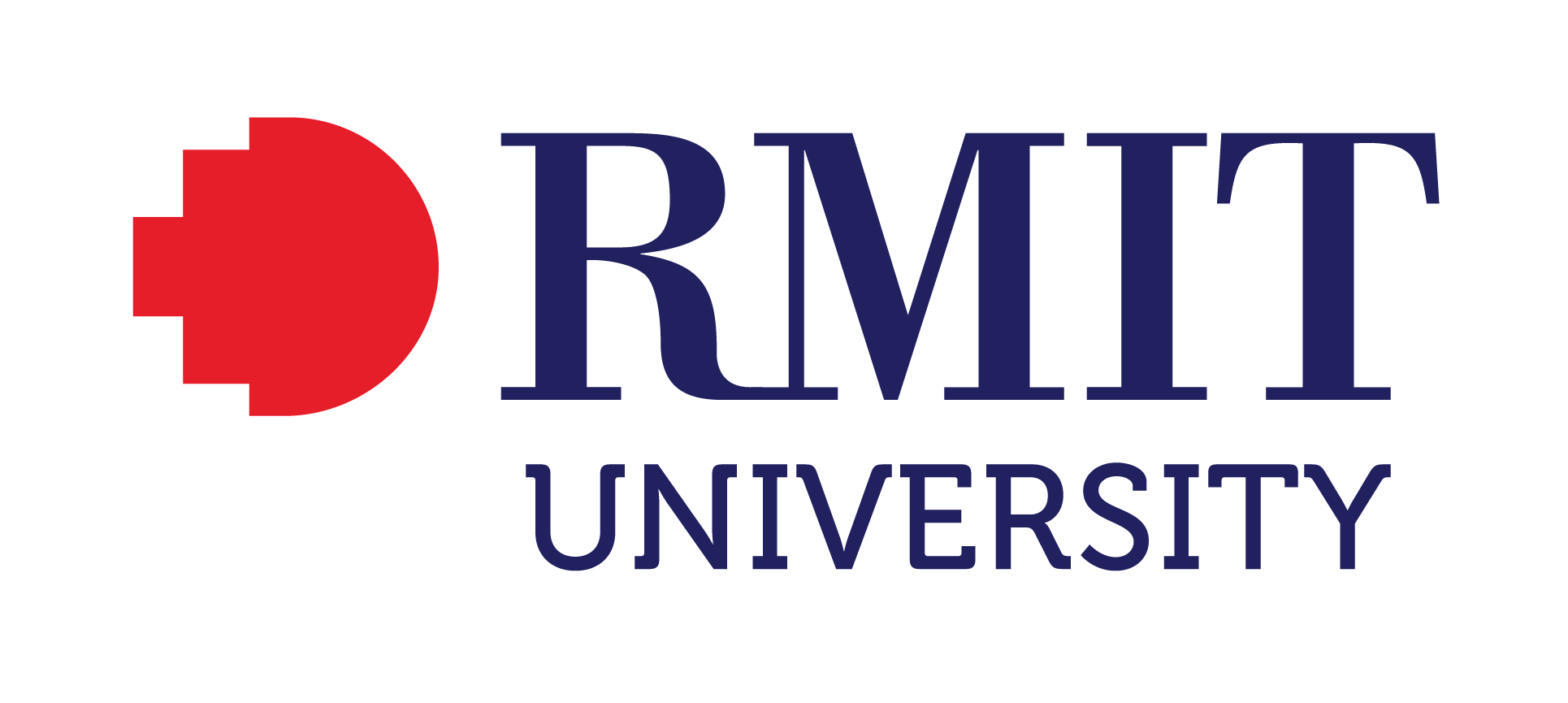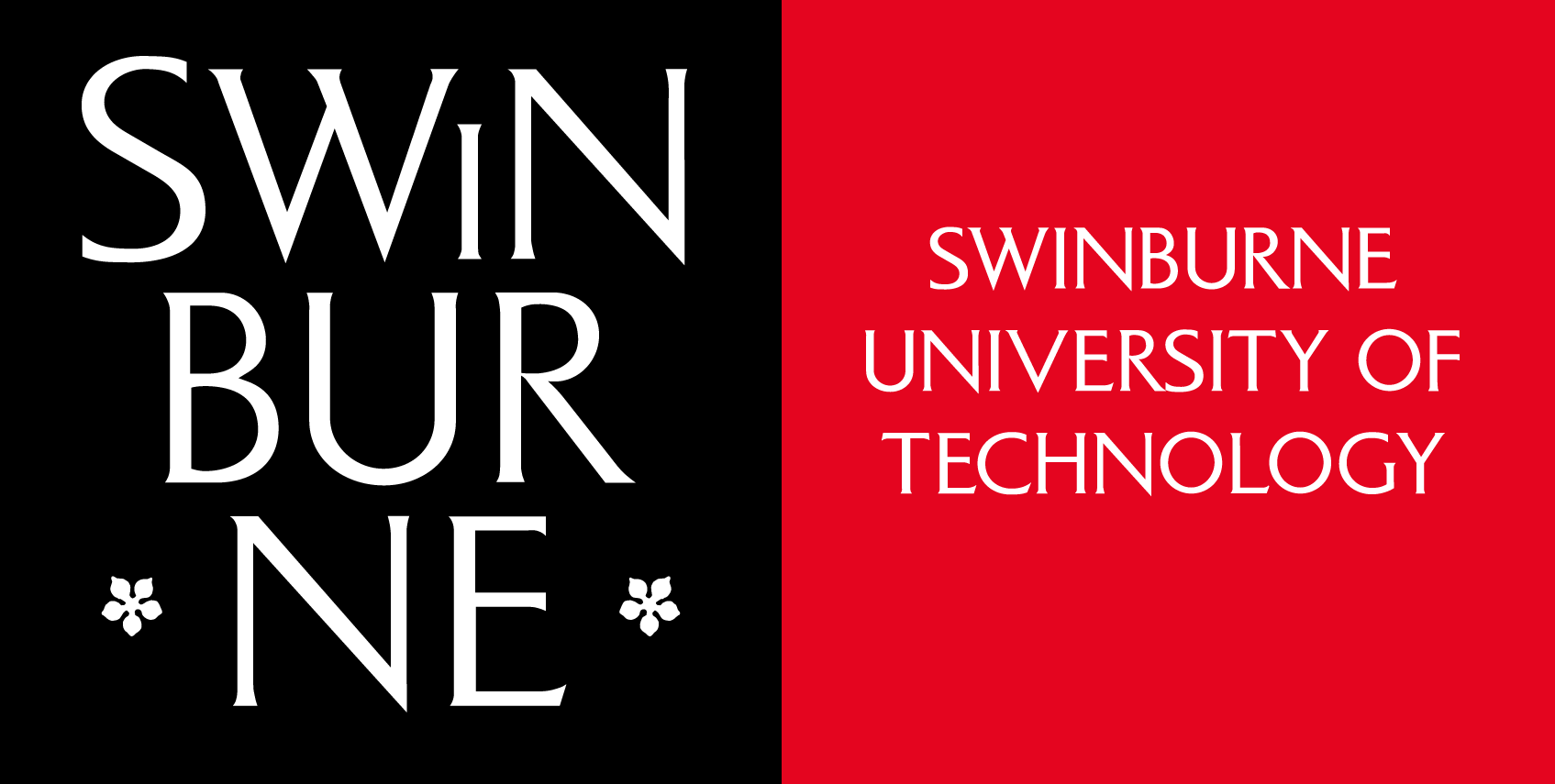Collecting the data
Read about our annual survey, how we understand digital inclusion at the local level, and the Internet Skills Scale
Collecting the data
Since 2021, the Australian Digital Inclusion Index has been based on the Australian Internet Usage Survey (AIUS) designed by the ADII research team and administered by the Social Research Centre at the Australian National University. The survey sample is stratified and weighted to reflect the Australian population. The national collection, including boosted samples for Northern Territory and Tasmania (n=3010), was mainly undertaken between June and October, with a specific Queensland boosted collection (n=1627) undertaken between October and December 2022.
A sample of First Nations people living in remote and very remote areas of Australia (n=495), collected as part of the Mapping the Digital Gap project, has also been integrated into the national collection. The final blended 2022/2023 sample comprises 5,132 people, compared to a 2021 sample of 2,287 and a 2020 sample of 2,798. Larger samples allow us to more reliably report on the distribution of digital inclusion for all states and territories. They also enable reporting on the digital inclusion of people living in Australia’s 1,100 remote First Nations communities – who are some of the most digitally excluded Australians – in greater detail, particularly through the Mapping the Digital Gap project.


The Australian Internet Usage Survey
The Australian Internet Usage Survey (AIUS) investigates who uses the internet, what benefits Australians get from the internet, and what barriers exist to its connection and use. The AIUS changes slightly each year to account for changes in society (such as the COVID-19 pandemic and new developments in technology). The AIUS uses a sequential mixed-mode data collection design, which allows participants to complete the survey either online or in hardcopy. To ensure the survey includes both people who use the internet and those who do not, invitations to complete the survey are sent via post. More details can be found in the AIUS sampling and recruitment method report the AIUS sampling and recruitment method report.
Understanding digital inclusion at the local level
While the AIUS survey enables a national Index score across a range of socio-demographic attributes, it does not always collect large numbers of responses for every region or area. To provide a regional view, the ADII uses a robust technique called Small Area Estimates (SAE). SAEs combine survey data with additional data from sources with broader coverage, such as the Australian Census. They are a valuable approach for enhancing the value and detail of survey results from a finite sample of participants.
In modelling SAEs, analysts at the Social Research Centre combine total Index, Affordability, Access and Digital Ability scores derived from the national AIUS survey data with the ABS Census to estimate Index scores for each State or Territory, and for Local Government Areas.
For more information about the SAE modelling, please see the technical report for each year of the Index, which can be downloaded via the reports page.

The Internet Skills Scale

The ADII employs a widely used international framework for measuring digital skills: the Internet Skills Scale (ISS)[1].
Developed by leading digital inclusion researchers Alexander J. A. M. Van Deursen, Ellen J. Helsper and Rebecca Eynon, the ISS is a survey instrument for measuring six categories of digital skills: operational, information navigation, social, creative, mobile, and Internet of Things (IoT)[2].
The ADII’s Digital Ability dimension is based on a modified version of the ISS.
Our modifications involve:
- Condensing the number of questions and converting some from negative to positive statements[3]
- Not distinguishing between digital skills and mobile-specific skills, reflecting the increased utility and uptake of mobile devices
- Referring to ‘Internet of Things’ skills as ‘Automation’ skills, given the growing prevalence and consequences of IoT devices and automated technologies
Incorporating the ISS enables more rigorous analysis and understanding of the skills that digital inclusion requires. The 2021 case study, Taking a Deep Dive into Digital Ability, provides more detail about Digital Ability in Australia.
References
[1] A J A M van Deursen, E J Helsper, and R Eynon, “Development and Validation of the Internet Skills Scale (ISS),” Information, Communication & Society 19, no. 6 (2016): 804–823. https://doi.org/10.1080/1369118X.2015.1078834
[2] A J A M van Deursen, A van der Zeeuw, P de Boer, G Jansen, and T van Rompay, “Digital Inequalities in the Internet of Things: Differences in Attitudes, Material Access, Skills, and Usage,” Information, Communication & Society 24, no. 2 (2021): 258–276. https://doi.org/10.1080/1369118X.2019.16467777
[3] A J A M van Deursen, E J Helsper, and R Eynon, Measuring Digital Skills. From Digital Skills to Tangible Outcomes Project Report, 2014. https://www.lse.ac.uk/media-and-communications/assets/documents/research/projects/disto/Measuring-Digital-Skills.pdf


